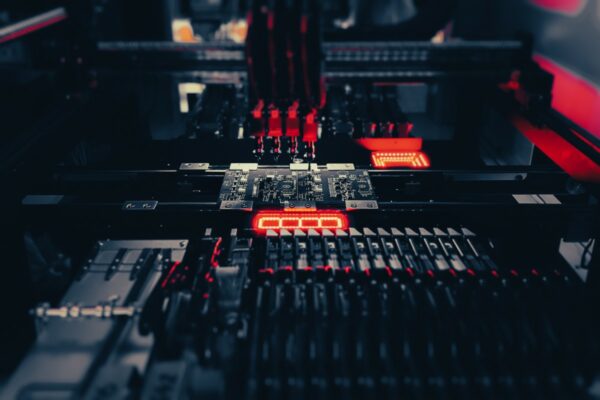What is Hot Air Solder Leveling (HASL)
Hot Air Solder Leveling (HASL) is a surface finish option that involves applying a layer of solder to the copper pads on a printed circuit board using hot air. This solder layer serves as a protective coating for the copper and facilitates the soldering process. HASL was widely used in the past due to its low cost and robust qualities. However, with the increasing use of complex surface mount technology (SMT), HASL has revealed some limitations.
One drawback of HASL is its rough surface, which is not suitable for fine-pitch SMT PCB assembly. The uneven surfaces created by HASL are incompatible with fine-pitch components and plated through-holes. To address this issue, alternative lead-free options have been developed that are more suitable for high-reliability products.
A lead-free version of HASL, called Lead-Free Hot Air Solder Leveling (LF-HASL), has been introduced to comply with regulations such as RoHS (Restriction of Hazardous Substances). LF-HASL uses a solder alloy containing 99.3% Tin and 0.6% Copper, which has a higher melting point compared to leaded solder. It is used as a replacement for leaded solder when a lead-free or RoHS compliant PCB is required.
LF-HASL requires a high-temperature laminate material for the application process. Without this material, the process remains the same as traditional HASL.





